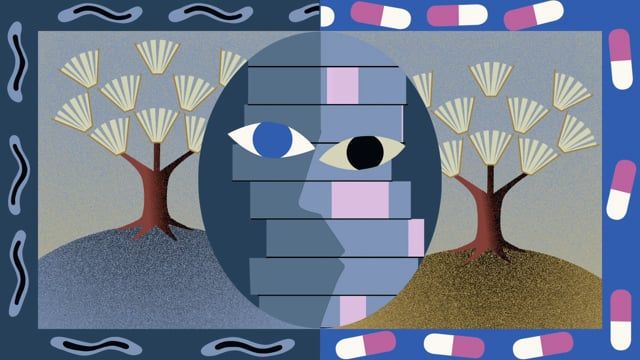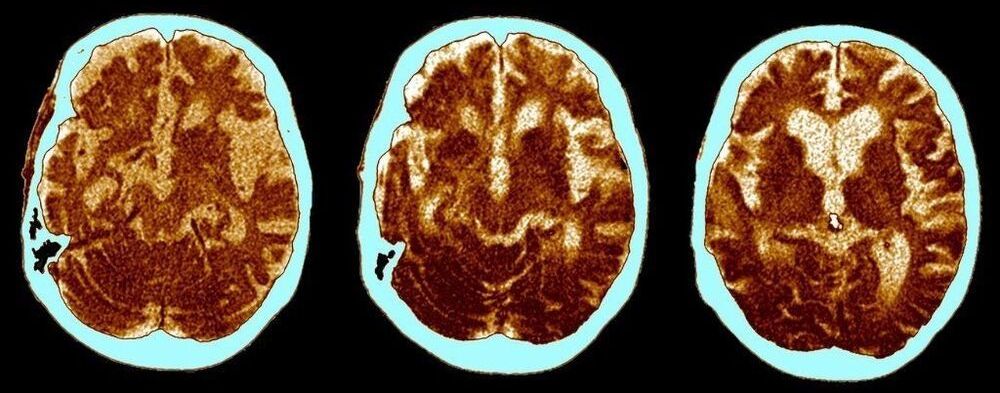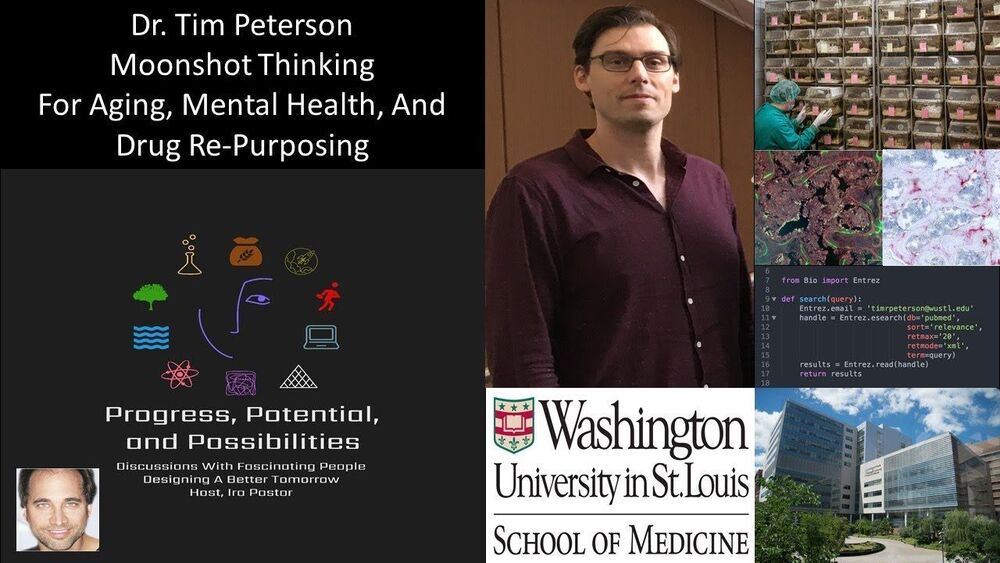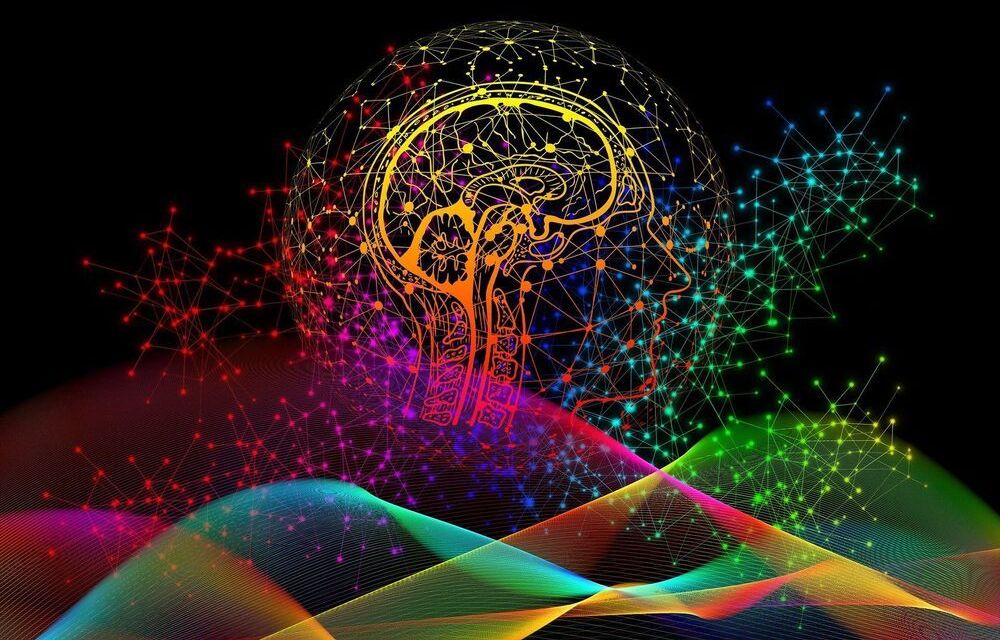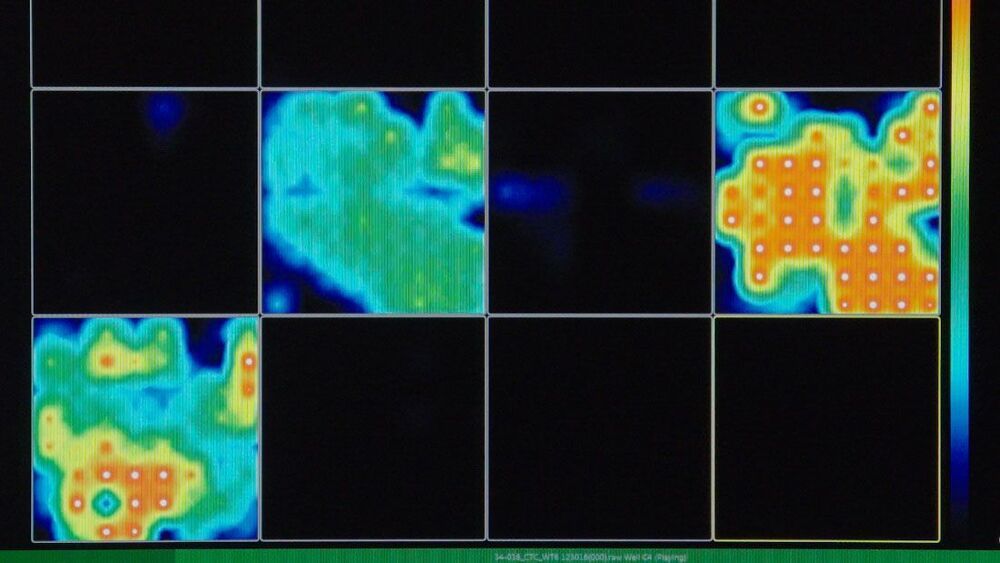For 100 years scientists have disagreed on how to interpret quantum mechanics. A recent study by Jussi Lindgren and Jukka Liukkonen supports an interpretation that is close to classical scientific principles.
Quantum mechanics arose in the 1920s – and since then scientists have disagreed on how best to interpret it. Many interpretations, including the Copenhagen interpretation presented by Niels Bohr and Werner Heisenberg and in particular von Neumann-Wigner interpretation, state that the consciousness of the person conducting the test affects its result. On the other hand, Karl Popper and Albert Einstein thought that an objective reality exists. Erwin Schrödinger put forward the famous thought experiment involving the fate of an unfortunate cat that aimed to describe the imperfections of quantum mechanics.

